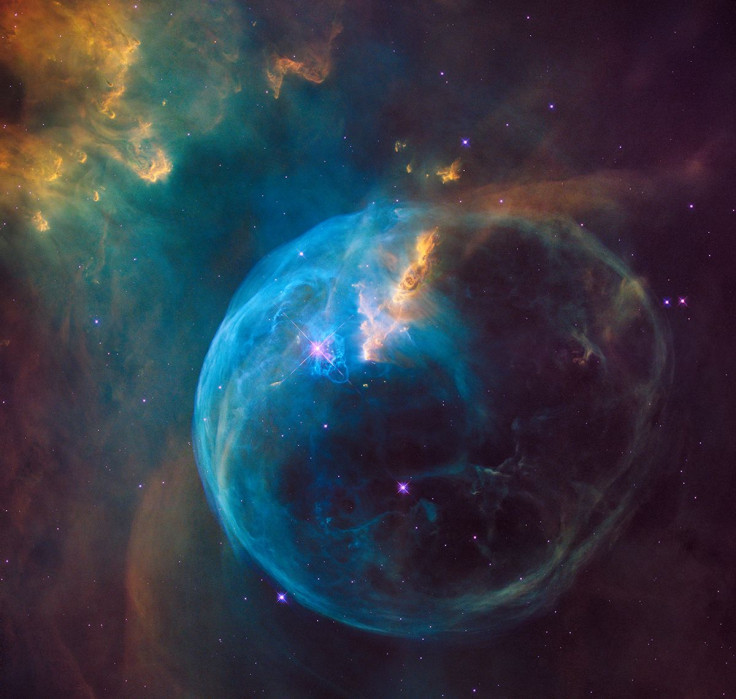NASA's Hubble Captures Stunning 'Cosmic Spider' Tarantula Nebula In Detailed Image [PHOTO]

NASA's Hubble Space Telescope has captured some of the most incredible celestial bodies in the cosmos, and one of them is the Tarantula Nebula.
On its official Twitter, NASA shared an image of the "cosmic spider" captured by the Hubble in 2011. The colossal mosaic shows an intense star-forming hotspot called 30 Doradus, which contains millions of young stars. It was released in 2012 by the U.S. space agency and the Space Telescope Science Institute to mark the Hubble's 22nd anniversary.
#HubbleClassic Like an insect’s feelers, long tendrils of gas and dust reach across space throughout the enormous stellar factory known as the Tarantula Nebula. Hubble shared this image of the cosmic spider in 2012 for the telescope’s 22nd anniversary: https://t.co/TDfVtGDvYF pic.twitter.com/Pey6y4Z3uf
— Hubble (@NASAHubble) April 15, 2019
Though all of them are relatively young, the ages of the stars in the Hubble image of 30 Doradus vary. Some star clusters are only around 2 million years old, while others have been around for 25 million years.
Stages of star birth can also be observed in the stunning photo of the Tarantula Nebula. Dark gas wraps around the embryonic stars, which are only about a few thousand years old, while some massive stars have already died a fiery death.
The most eye-catching part of the image, however, is the NGC 2070, a young star cluster that has only been around for 2 million years. It has a stellar population of about 500,000, and among these are massive stars 100 times heftier than our Sun.
As one of the largest mosaics ever created from the telescope's observations, the Hubble image spans 650 light-years and shows some of the most active stars in 30 Doradus. Among the standout stars in the image are one of the most rapidly rotating stars and the fastest, largest runaway star.
According to the image's description, the nebula got its name from early astronomers, who noticed that its bright filaments appear similar to spider legs. Located 170,000 light-years away, the Tarantula Nebula actually resides in Milky Way's satellite galaxy, the Large Magellanic Cloud.
The Tarantula Nebula stands out from other star-forming regions as it is the brightest in the LMC and hosts the most massive stars ever observed by man. None of the stellar breeding grounds in the Milky Way can compete with 30 Doradus in terms of size and star births.
To create the stunning and colorful mosaic, images taken by the Hubble were combined with observations from Hubble's Wide Field Camera 3 and Advanced Camera for Surveys, along with Tarantula Nebula ground-based data from the European Southern Observatory's 2.2-meter telescope in La Silla, Chile. Fifteen images from each Hubble camera were needed to produce the expansive mosaic, according to the Hubble website.
The Tarantula Nebula has helped astronomers get a better understanding of stellar birth and evolution as they can study it in detail, unlike other galaxies with potentially more active star formation.
Scientists believe that the Small Magellanic Cloud, 30 Doradus' companion galaxy, may have contributed to its star-making activity.
© Copyright IBTimes 2025. All rights reserved.





















